Intel unveils Meteor Lake processor to democratize AI tech
9 min read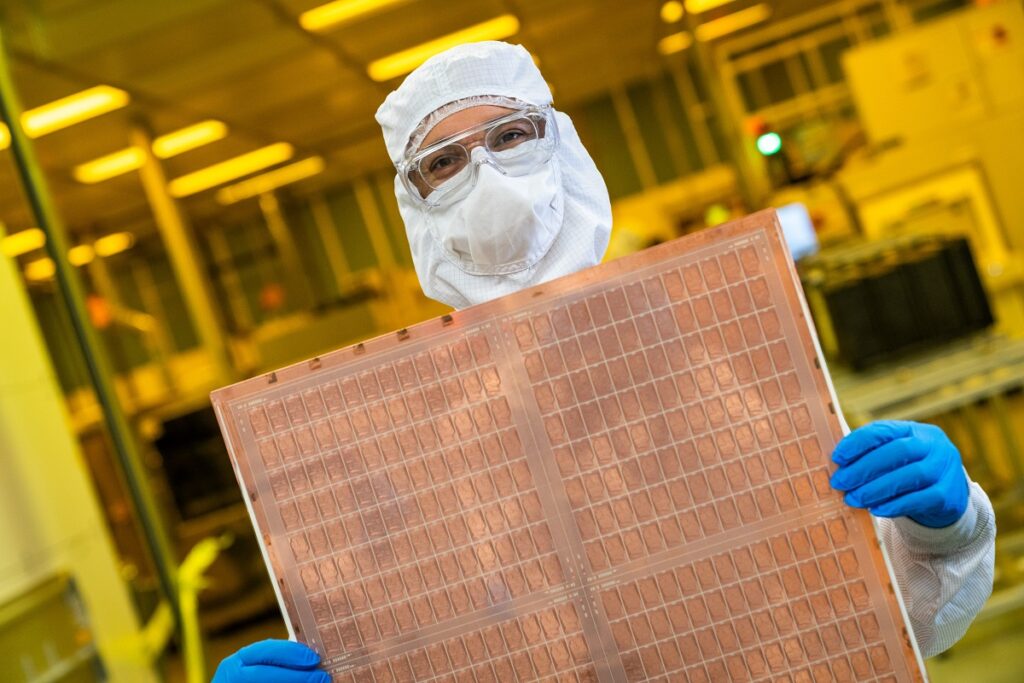
We’re thrilled to announce the return of GamesBeat Next, hosted in San Francisco this October, where we will explore the theme of “Playing the Edge.” Apply to speak here and learn more about sponsorship opportunities here. At the event, we will also announce 25 top game startups as the 2024 Game Changers. Apply or nominate today!
Intel showed off the chip company’s latest code-named “Meteor Lake” processor with an AI-based neural processing unit.
Pat Gelsinger, CEO of Intel, said in a keynote at the Intel Innovation event that Meteor Lake processors would debut in December under the Intel Core Ultra processors name and the AI PC product lines.
The aim is to democratize artificial intelligence (AI) and expand its applications across various domains. Gelsinger emphasized the transformative potential of AI and its role in driving global expansion, referring to it as the “Siliconomy” — a new era powered by the magic of silicon and software. Today, silicon feeds a $574 billion industry that in turn powers a global tech economy worth almost $8 trillion, Gelsinger said.
“AI represents a generational shift, giving rise to a new era of global expansion where computing is even more foundational to a better future for all,” said Gelsinger. “For developers, this creates massive societal and business opportunities to push the boundaries of what’s possible, to create solutions to the world’s biggest challenges and to improve the life of every person on the planet.”
Event
GamesBeat Next 2023
Join the GamesBeat community in San Francisco this October 24-25. You’ll hear from the brightest minds within the gaming industry on latest developments and their take on the future of gaming.
In his talk, Gelsinger said, “Developers run this economy.”
Of course, the other company building neural processors into its products and democratizing AI is Apple, which is building AI into its smartphones. Android phone makers are doing the same. So Intel may be a bit slow to democratize the world given there are more smartphones out there than PCs.

Intel reaffirmed its commitment to technological advancement, highlighting the progress of its five-nodes-in-four-years manufacturing process technology plan.
Gelsinger confirmed that Intel 7 is already in high-volume manufacturing, while Intel 4 is ready for production, and Intel 3 remains on track for completion by the end of this year. These advancements pave the way for further innovation and enable the realization of next-generation Intel Xeon processors.
Gelsinger also held up an Intel 20A wafer with the first test chips for Intel’s Arrow Lake processor, which is destined for the client computing market in 2024. Intel 20A will be the first process node to include PowerVia, Intel’s backside power delivery technology, and the new gate-all-around transistor design called RibbonFET. Intel 18A, which also leverages PowerVia and RibbonFET, remains on track to be manufacturing-ready in the second half of 2024.
Meteor Lake’s four design pillars

Tom Petersen, Intel fellow, said in a press briefing that this was Intel’s biggest architectural shift in 40 years.
“It sets the foundation for innovation in the PC for the decades to come,” Petersen said.
He said Meteor Lake has four key pillars. Intel set out to create its most power-efficient system-on-chip (SOC) ever. For a lot of people battery life today is as important as performance in their PC.
“Immediately we’ll shine on both,” Petersen said. “Intel also viewed Meteor Lake as really an inflection point in AI capabilities in the PC. And to that end we implemented for the first time ever dedicated hardware in the form of our AI engine our NPU directly in the silicon.”
Intel also took a leap forward in graphics performance. And it is launching on the next-generation Intel process node, Intel 4, with the new P-Core and E-Core models.
The first tile in the multi-chip substrate is the compute tile, with the P-Core and E-Core components. Both have micro-architectural improvements. The second tile is the SoC title, which a low-power island this used in low-power mode. This tile also has the neural processor, the AI engine. And it has Wi-Fi 6E and Wi-Fi 7 support, as well as support for the latest Bluetooth. Media and display blocks are also on the tile. It has 8K HDR support, and the latest AV1 codec support, and native support for display I/O standards including HDMI 2.1 and DisplayPort 2.1. The tile has the memory controller and DDR memory interface.
“Collectively, these cores will bring our most optimized computing experience to PCs yet,” Petersen said. “The third tile in our design is our graphics tile. And in order to make a leap ahead in graphics performance, we’ve taken the architecture from our discrete graphics lineup our Intel Arc graphics and integrated that directly into the tile here for performance in our integrated thin-and-light PCs with media.”
The final tile has the I/O stndards like Thunderbolt 4 and PCI Gen 5. All ove the tiles use Intel’s advanced 3D packaging technology.
“Taken together, never before have we made so many changes in a single product family from the major new architecture changes to the disaggregated design to the advanced packaging technology with Foveros to our next generation Intel 4 process node,” Petersen said. “You can see why we call this our largest architectural shift in 40 years.”
The AI PC
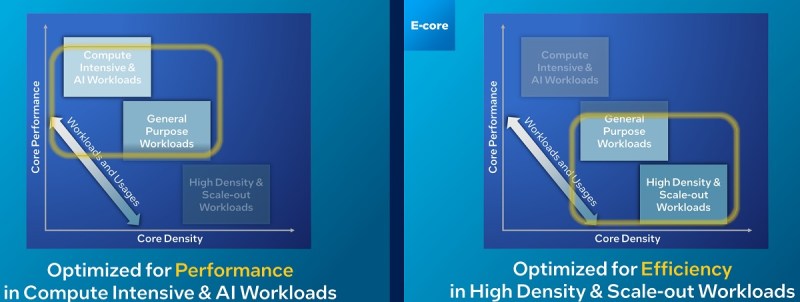
Expanding on Intel’s vision, Gelsinger introduced the AI PC, a revolutionary concept that brings AI capabilities to personal computing. The Intel Core Ultra processors, codenamed Meteor Lake, will be the first to integrate a neural processing unit (NPU) for efficient AI acceleration and local inference on PCs.
With the integration of Intel’s advanced Foveros packaging technology, the Core Ultra processors also deliver discrete-level graphics performance through Intel Arc graphics. The AI PC is set to launch on December 14, opening up new possibilities for enhanced productivity and creativity.
Petersen said that one of the big architectural cahnge is around the addition of AI processing. He noted how generative AI is disrupting all industries from education to movies, and Intel’s goal is to democratize AI, building it around standardized interfaces and making it accessible to anyone anywhere in the world.
“Most people will have their first true AI experience in the PC on Meteor Lake,” he said. “We built the product to make sure that experience is a great one. At the heart of our AI capabilities on Media Lake, of course, is our first-ever dedicated AI engine, our NPU. And this has been purpose-built for low-power client AI use cases. It’ll be ideal for sustained AI workloads and AI offload capabilities.”
Intel’s said its commitment to fostering AI development is further demonstrated through its collaboration with industry leaders. The company unveiled plans to build a large AI supercomputer based on Intel Xeon processors and 4,000 Intel Gaudi2 AI hardware accelerators. Stability AI, a prominent customer, will be the anchor for this supercomputer, which aims to revolutionize AI capabilities and drive innovation across various sectors. It will be one of the top 15 supercomputers in the world, Gelsinger said.
“StabilityAI is the anchor customer,” he said.
Another way Intel presses Moore’s Law forward is with new materials and new packaging technologies, like glass substrates – a breakthrough Intel announced this week. When introduced later this decade, glass substrates will allow for continued scaling of transistors on a package to help meet the need for data-intensive, high-performance workloads like AI and will keep Moore’s Law going well beyond 2030.
Intel also displayed a test chip package built with Universal Chiplet Interconnect Express (UCIe). The next wave of Moore’s Law will arrive with multi-chiplet packages, Gelsinger said, coming sooner if open standards can reduce the friction of integrating IP. Formed last year, the UCIe standard will allow chiplets from different vendors to work together, enabling new designs for the expansion of diverse AI workloads. The open specification is supported by more than 120 companies.
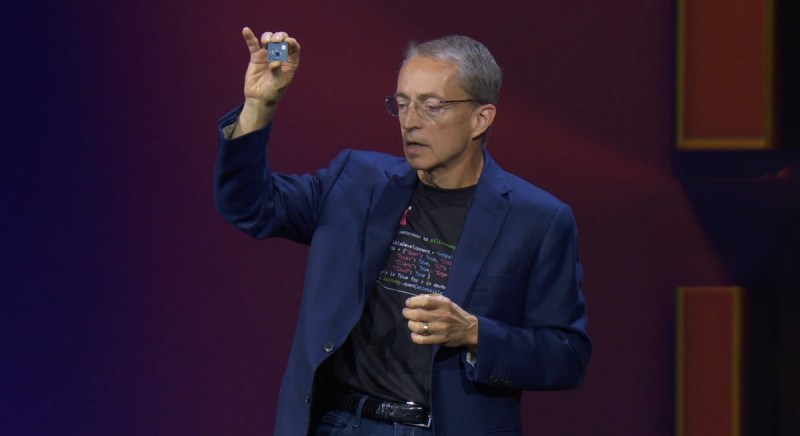
The test chip combined an Intel UCIe IP chiplet fabricated on Intel 3 and a Synopsys UCIe IP chiplet fabricated on TSMC N3E process node. The chiplets are connected using embedded multi-die interconnect bridge (EMIB) advanced packaging technology. Intel said the demonstration highlights the commitment of TSMC, Synopsys and Intel Foundry Services to support an open standard-based chiplet ecosystem with UCIe.
Timothy Wilson, vice president of the design engineering group at Intel, said in a press briefing that the AI processing benefits from hardware-accelerated inference processing. A DSP and the inference pipeline makes the inference run efficiently, Wilson said.
“What this does is dramatically improve the performance per watt of inference,” he said.
He noted that it runs better on the CPU with the NPU than it does on a GPU in terms of speed and energy usage. He believes Meteor Lake will deploy AI on a vast scale with millions upon millions of PCs over the nexxt couple of years with AI on the PC.
As for the graphics, he said the SoC is capable of providing up to two times performance and two times performance per watt compared to the prior generation chip. Wilson said one advantage is not every tile in the package has to be made on the same manufacturing process.
More news

During the event, Intel unveiled details about the upcoming 5th Gen Intel Xeon processors, scheduled for launch on December 14. These processors promise significant improvements in power efficiency, performance, and faster memory access, empowering data centers to handle demanding workloads.
Notably, the code-named Sierra Forest processor, featuring an E-core design with 288 cores, is expected to deliver substantial enhancements in rack density and performance per watt over its predecessor. Furthermore, the code-named Granite Rapids processors, equipped with P-core performance, will offer two times to three times better AI performance compared to the 4th Gen Xeon processors.
To empower developers and accelerate AI adoption, Intel announced the general availability of the Intel Developer Cloud. This cloud-based platform provides developers with access to the latest Intel hardware and software innovations, enabling them to build, test, and optimize AI and high-performance computing applications.
“It’s the latest cool stuff available, available to all,” Gelsinger said.
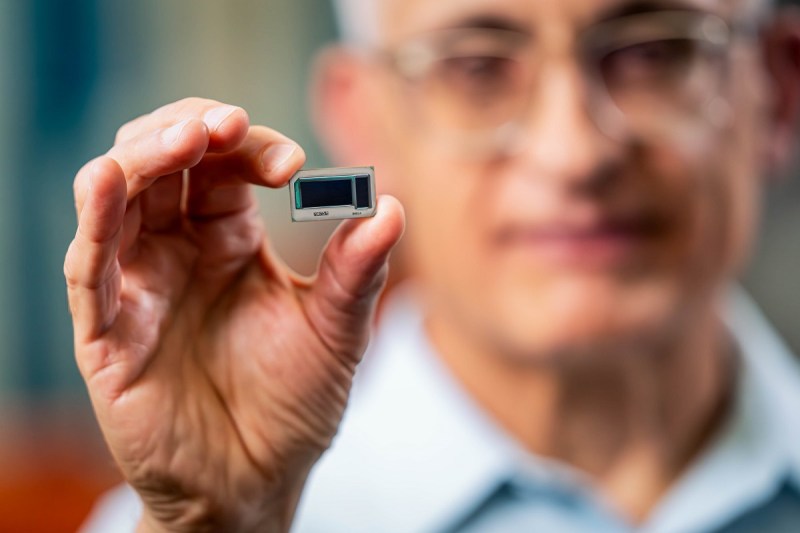
The launch of the 2023.1 release of the Intel Distribution of OpenVINO toolkit further enhances developers’ capabilities by offering optimized pre-trained models and integration across different operating systems and cloud solutions.
The OpenVINO toolkit makes it easier to optimize and deploy AI inference at the edge, enabling developers to write once and bring AI everywhere. As Intel’s AI inferencing and deployment runtime of choice for developers on Client and Edge platforms, OpenVINO automatically splits how models are inferred using targeted compute resources. This capability helps to make generative AI more accessible for real world scenarios.
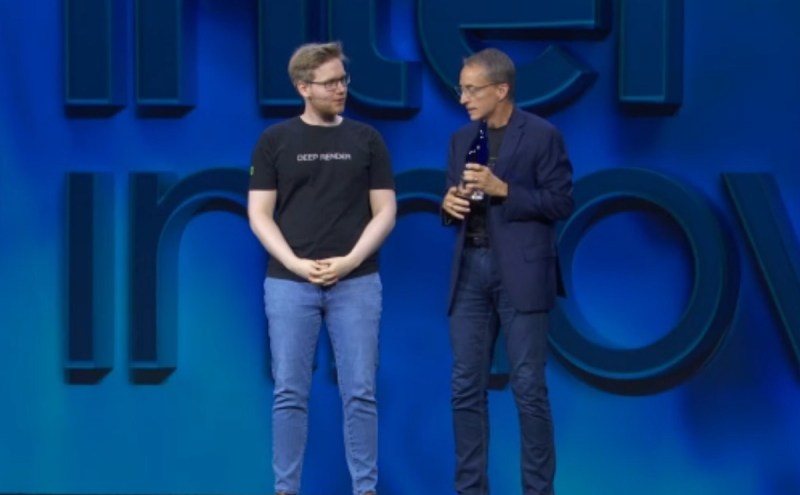
“We enable you to take advantage of this sooner so when the hardware is available, you’ve been working on this for months,” Gelsinger said.
Looking ahead, Intel unveiled Project Strata, an edge-native software platform set to launch in 2024. This platform aims to facilitate the development, deployment, and management of distributed edge infrastructure and applications, enabling developers to harness the power of the intelligent edge and hybrid AI.
Gelsinger talked about Intel Labs working on neuromorphic computing, which uses a different type of computing architecture based on the brain. The company partnered with Numenta on its brain-based research and software that could make AI processing 10 to 100 times more efficient. The quantum computing tech also offers a new era in computing in the more distant future in areas such as security, perhaps in the post-2030 era.
Gelsinger showed off a chip wafer with Intel’s quantum computing prototype chips.
“Our approach is different, as we’re the only company working on silicon qubits,” he said. “If we get this working, we can do it at scale.”
He also honored Fei-Fei Li with a “lifetime achievement award” for her work on AI.
GamesBeat’s creed when covering the game industry is “where passion meets business.” What does this mean? We want to tell you how the news matters to you — not just as a decision-maker at a game studio, but also as a fan of games. Whether you read our articles, listen to our podcasts, or watch our videos, GamesBeat will help you learn about the industry and enjoy engaging with it. Discover our Briefings.


